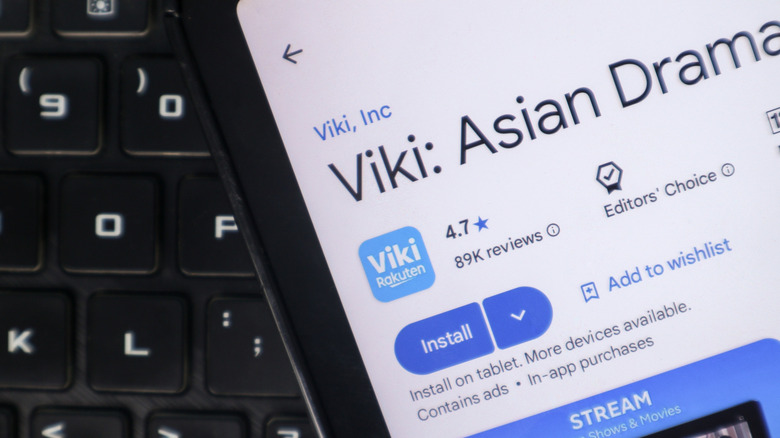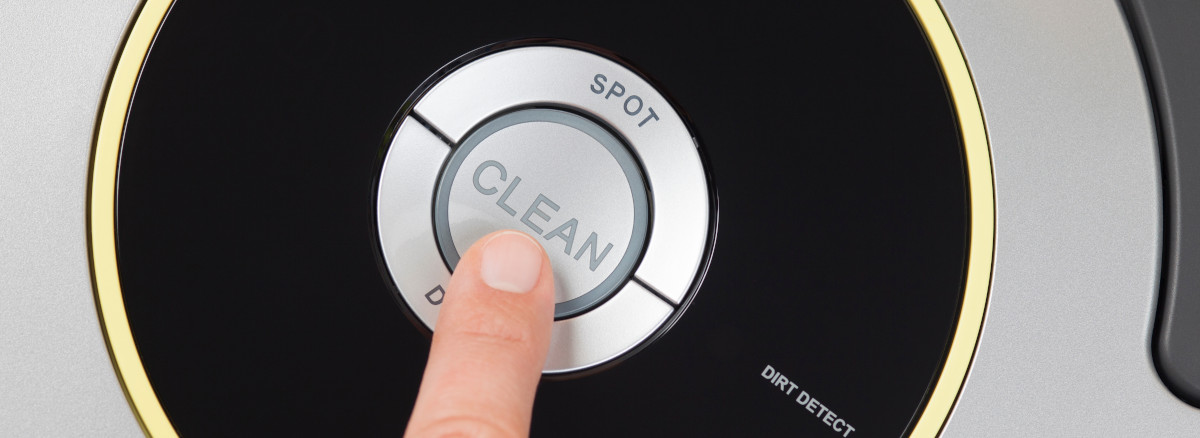In recent years, Korean entertainment has gained substantial traction in the US, and if Netflix productions like Crash Landing on You, Boys Over Flowers, and Extraordinary Attorney Woo leave you wanting more K-dramas, there’s positive news. Beyond the leading Korean titles available on Netflix, and a growing array of K-dramas on subscription services like Disney+ and Hulu, a fantastic array of Korean content is accessible through free streaming platforms, enabling you to indulge in Korean dramas without the concern of subscription fees.
You might encounter some commercials, but that is a minor sacrifice for complimentary access to fresh Korean series. However, unless you are well-versed in K-dramas, you may not know where to discover this content. Thus, to assist in maintaining your Korean entertainment fix, we have compiled a list of four premier streaming applications that provide free Korean dramas on your mobile devices or television.
Viki
Viki is arguably your go-to platform for enjoying K-dramas at no cost on the web. This streaming service owned by Rakuten features over 1,000 Korean TV shows, many of which are accessible without charge. Nevertheless, you will have to deal with ads and standard definition quality. The platform also includes a segment that highlights all content available for free streaming, eliminating the difficulty of locating a series you wish to view only to find out it requires a Viki Pass subscription. Some of the highest-rated complimentary K-dramas found on Viki consist of Descendants of the Sun, Legend of the Blue Sea, and Mr. Queen.
Additionally, Viki permits you to view two complimentary episodes of most premium series to let you sample them and determine if paying for the Viki Pass is worthwhile. The service has applications for most devices, including Android, iOS, and major smart TV brands, and offers subtitles in various languages, mostly provided by community contributions. Some content may have English voiceovers, but this is generally limited.











